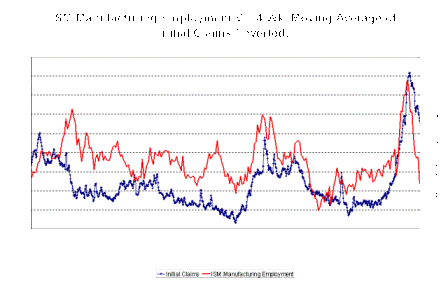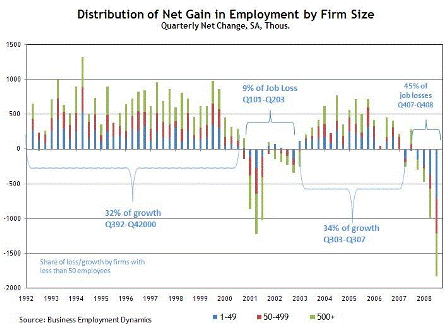[Skip to the end]
Lower labor costs for the same sales (top lines were relatively flat) mean revenue is being shifted from compensation to profits, which carry a much lower propensity to consume than wages.
This reduces aggregate demand, which is a good thing, as it means, for example, we can cut taxes to sustain incomes, sales, output, and employment.
Unfortunately, our leaders don’t understand the monetary system and take no constructive action in the name of ‘fiscal responsibility,’ while the main stream forecasts project unemployment to linger around the 10% level for an extended period of time:
The Labor Department said non-farm productivity surged at a 9.5 percent annual rate, the quickest pace since the third quarter of 2003. Productivity grew at a 6.9 percent pace in the April-June period.
Hours worked fell at a 5 percent rate in the third quarter, the Labor Department said. Unit labor costs, a gauge of inflation and profit pressures closely watched by the Federal Reserve, fell 5.2 percent after declining 6.1 percent in the second quarter. Analysts had expected unit labor costs to fall 4 percent in the third quarter. Compensation per hour rose at a 3.8 percent pace and, adjusted for inflation, was up 0.2 percent.
Compared with the July-September quarter of 2008, non-farm productivity rose at a 4.3 percent rate. Unit labor costs fell 3.6 percent year-on-year.
[top]



